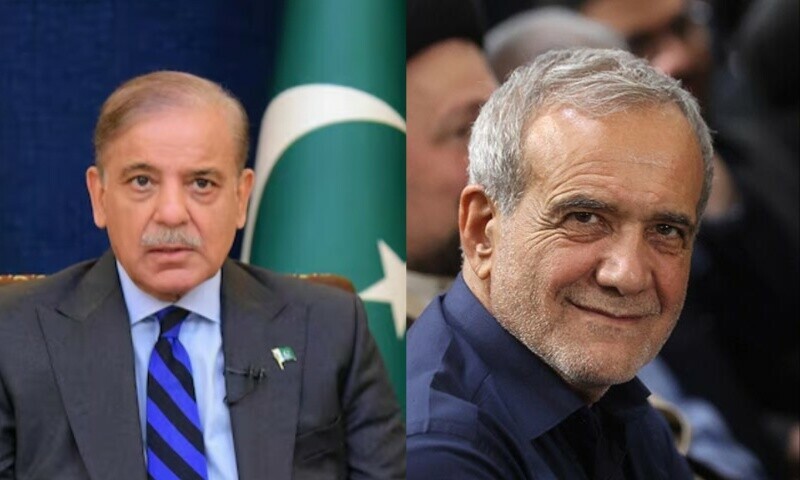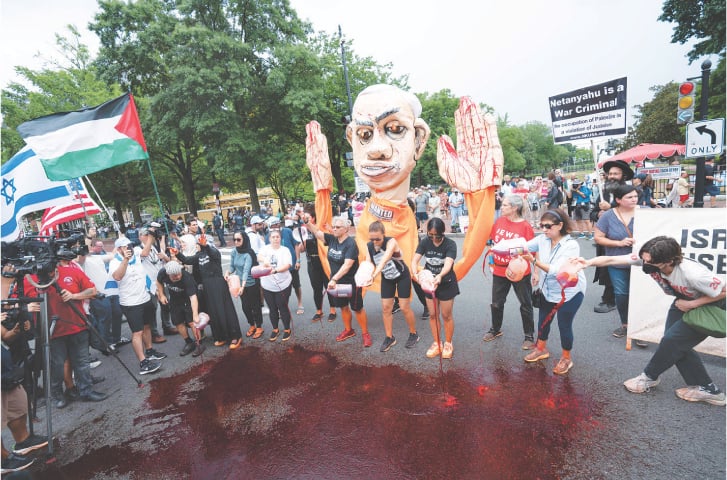
In a quiet suburb of the Michigan city of Grand Rapids, a collection of flowers, cards and candles has been placed against a tree next to a small front lawn.
This corner of Nelson Avenue and Griggs Street – the intersection of two parallel rows of neat clapboard houses with cars in the driveways and Happy Easter decorations in the porches – could be anywhere in the great American Midwest.
Some of the residents, though, speak of something else far less visible but just as commonplace – a sense of insecurity on account of the colour of their skin.
“Once again we’re at the same question – police brutality, police injustice in our country,” says Terry Roberts, 57.
“I think most black men go through that. We get stopped for no reason at all or just because we’re driving black. That’s just how it is.”
This week, the police released video footage of the fatal shooting of 26-year-old Patrick Lyoya.
The tragic incident was caught in graphic detail and from multiple angles on a police body camera, a police dashboard camera, an eyewitness’ phone and a doorbell security system from one of those Nelson Avenue homes.
It makes difficult viewing from all of them.
Frame by frame, what began as a routine traffic incident – with Mr Lyoya being questioned by a white police officer over a suspected licence plate violation – unfolds rapidly towards an outcome that has once again put the question of racial injustice and policing firmly in the national spotlight.
Mr Lyoya at times seems confused, and tries to run.
At one point his hand can be seen holding and fending off an electric stun gun while the officer attempts to deploy it from close range.
In the ensuing struggle, Mr Lyoya is forced face down to the ground with the policeman lying on top of him shouting at him to let go of the Taser.
Then, without warning, the officer draws his gun and shoots Mr Lyoya in the head.
A short drive east from Grand Rapids, in the Michigan state capital of Lansing, the same biting wind blows from across the Great Lakes, even in Spring.
But there’s one important difference between the two cities that might, some people believe, offer a way to help prevent more deaths like that of Patrick Lyoya.
“Two years ago, after the George Floyd incident, we wanted to evaluate our policies,” says Lansing Mayor Andy Schor.
The incident in which Mr Floyd died at the hands of a police officer who knelt on his neck for more than eight minutes, prompted Mr Schor to outlaw restraint techniques like chokeholds.
But it also led to a wider review in which a decision was made to curtail the range of reasons for which police officers can stop people in cars.
“We put in place a policy that said we’re not going to have our officers pull people over just for non-public safety reasons,” says the mayor.
While offences that pose a danger, like speeding or running stop signs, are still enforced at the roadside, he believes that there are other far more efficient and potentially less confrontational ways to tackle things like cracked taillights or licence plate violations.






